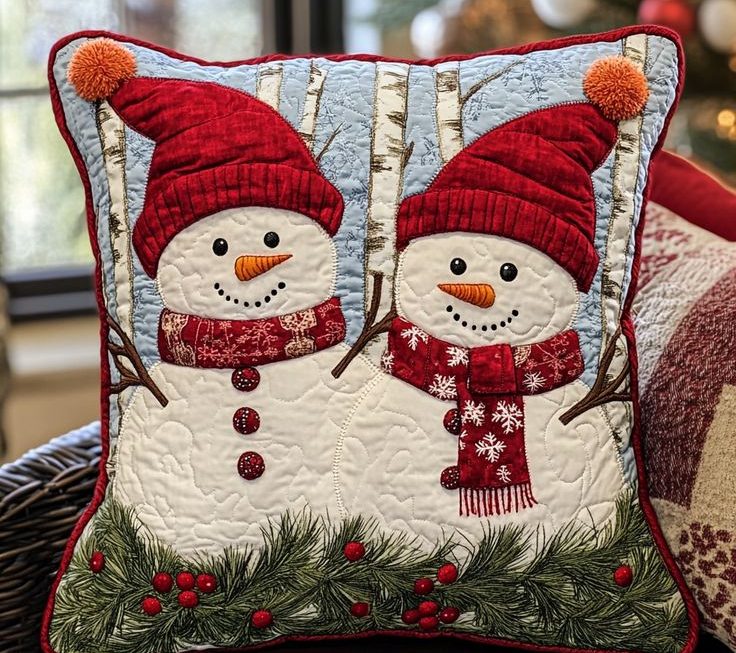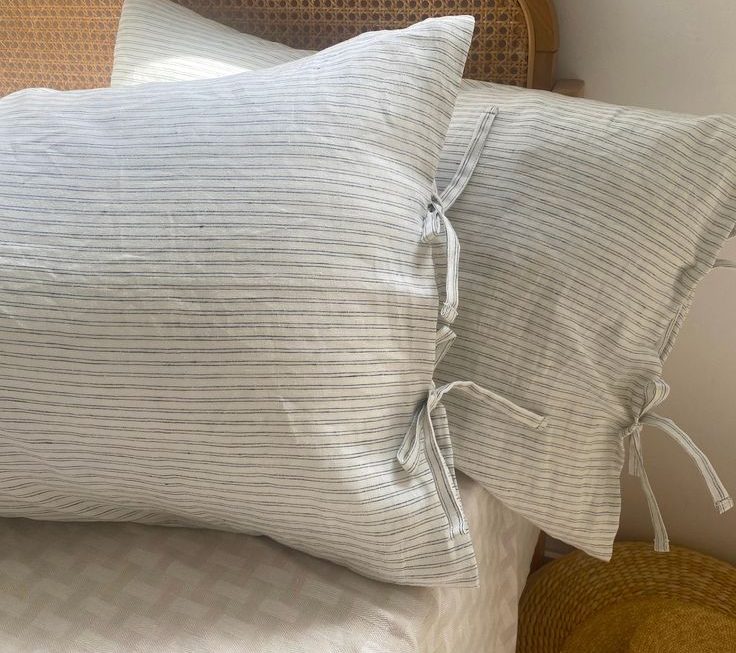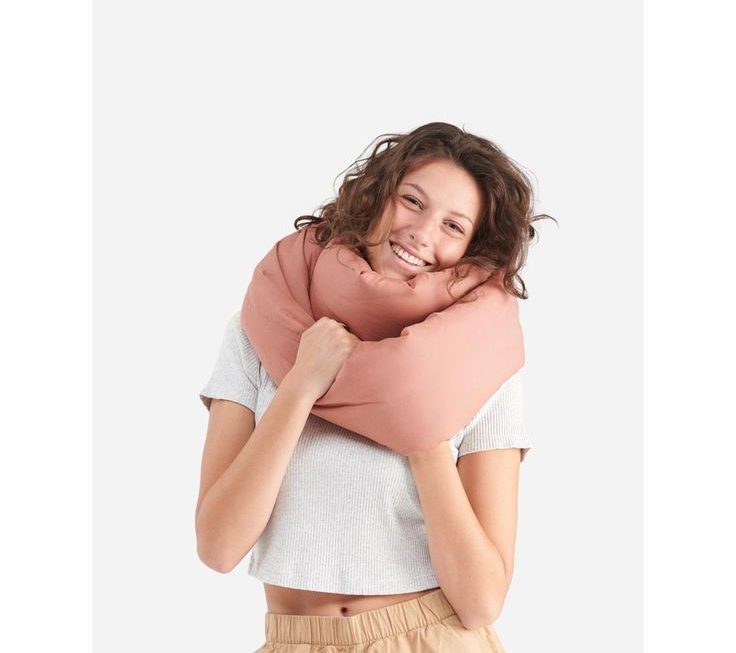Introduction:
Outdoor furniture cushions are exposed to various elements, including sunlight, rain, dust, and dirt, which can cause them to become dirty and stained over time. Regular cleaning and maintenance are essential to keep your outdoor furniture cushions looking fresh and in good condition. In this comprehensive article, we will provide a step-by-step guide and helpful tips on how to effectively clean outdoor furniture cushions, ensuring they remain comfortable and visually appealing for outdoor relaxation and entertainment.
materials used for outdoor furniture cushions
Outdoor furniture cushions come in a variety of materials, each with its own unique characteristics and advantages. Here are some common materials used for outdoor furniture cushions:
Polyester:
Polyester is a popular choice for outdoor cushions due to its durability, resistance to fading, and ease of maintenance. It is also resistant to mildew and mold growth, making it suitable for outdoor use.
Acrylic:
Acrylic fabrics, such as Sunbrella, are known for their exceptional durability and ability to withstand harsh outdoor conditions. They are fade-resistant, water-resistant, and highly resistant to mold and mildew. Acrylic fabrics also provide excellent UV protection.
Olefin:
Olefin, also known as polypropylene, is a synthetic material that is resistant to fading, stains, and mildew. It is durable, lightweight, and easy to clean, making it a popular choice for outdoor furniture cushions.
PVC-coated Polyester:
PVC-coated polyester is a waterproof and easy-to-clean material commonly used for outdoor cushions. It provides excellent resistance against water, stains, and fading.
Canvas:
Canvas is a heavyweight, durable fabric that is often used for outdoor furniture cushions. It is resistant to water and mildew, making it suitable for outdoor use. However, canvas may require additional treatments to enhance its resistance to fading.
Textilene:
Textilene is a synthetic mesh fabric made of PVC-coated polyester or acrylic fibers. It is known for its excellent breathability, durability, and resistance to fading, mold, and mildew. Textilene is often used for sling-style outdoor furniture cushions.
Foam:
While not a fabric material, foam is an important component of outdoor furniture cushions. High-density foam is commonly used for outdoor cushions due to its ability to provide comfort and maintain its shape even with frequent use.
These are just a few examples of the materials used for outdoor furniture cushions. It is important to choose a material that suits your specific needs, taking into consideration factors such as durability, resistance to weather conditions, comfort, and maintenance requirements.
Regular Maintenance:
Brush off Debris:
Begin by brushing off any loose dirt, leaves, or debris from the cushions using a soft-bristle brush. This helps prevent dirt from becoming embedded in the fabric.
Spot Cleaning:
Blot the Stain: For small stains or spills, immediately blot the affected area with a clean cloth or paper towel. Avoid rubbing the stain, as it may spread or damage the fabric.
Prepare a Cleaning Solution:
Mix a solution of mild soap, such as dishwashing liquid or laundry detergent, with water. Use one tablespoon of soap per gallon of water.
Apply the Solution:
Dip a sponge or soft-bristle brush into the cleaning solution and gently scrub the stained area in a circular motion. Pay close attention to the stain, ensuring you cover the entire affected area.
Rinse:
Thoroughly rinse the cushion with clean water to remove any soap residue. Ensure that you rinse until the water runs clear.
Deep Cleaning:
Prepare a Cleaning Solution:
For more stubborn stains or overall deep cleaning, you can use a mixture of one cup of bleach, one-fourth cup of mild soap, and one gallon of water. Test this solution on a small, inconspicuous area of the cushion first to ensure colorfastness and fabric compatibility.
Apply the Solution:
Use a sponge or soft brush to apply the cleaning solution to the entire cushion or the stained areas. Scrub gently, focusing on heavily soiled or stained spots.
Rinse:
Rinse the cushion thoroughly with clean water until all traces of the cleaning solution are removed.
Mildew Removal:
Prepare a Cleaning Solution: To tackle mildew growth, mix one cup of bleach, one-fourth cup of mild soap, and one gallon of water. Test this solution on a small, inconspicuous area first to ensure it does not cause discoloration or damage.
Apply the Solution: Use a sponge or soft brush to apply the cleaning solution to the affected areas. Scrub gently and allow the solution to sit for 15 minutes to effectively kill the mildew.
Rinse: Rinse the cushion thoroughly with clean water, ensuring all traces of the cleaning solution are removed.
Machine Washing:
If the cushion covers are removable and machine washable, follow the manufacturer’s instructions for machine washing. Use a gentle cycle and mild detergent. Avoid using bleach or fabric softener, as these can damage the fabric.
Drying:
Air Dry: After cleaning, allow the cushions to air dry completely in a well-ventilated area. Avoid placing them under direct sunlight, as prolonged exposure can cause fading or damage to the fabric.
Avoid Machine Drying: Do not machine dry or use a heat source to speed up the drying process, as this can shrink or damage the fabric.
Prevention Tips:
Use Furniture Covers:
When not in use, cover your outdoor furniture cushions with furniture covers to protect them from the elements and reduce the need for frequent cleaning.
Store Cushions Properly:
If possible, store cushions in a dry, covered area during the off-season or when not in use for an extended period.
Regularly Brush Off Debris:
Regularly brush off dirt, leaves, or other debris from your cushions to reduce the chances of stains or damage.
 Conclusion:
Conclusion:
Regular cleaning and maintenance are crucial for keeping outdoor furniture cushions clean, comfortable, and visually appealing. By following this step-by-step guide and implementing preventive measures, you can effectively remove dirt, stains, and mildew from your outdoor furniture cushions, ensuring they remain in excellent condition for outdoor enjoyment. Remember to always check the manufacturer’s instructions for specific cleaning recommendations and test cleaning solutions on a small, inconspicuous area before applying them to the entire cushion. With proper care, your outdoor furniture cushions will maintain their beauty and provide optimal comfort for many seasons to come.






